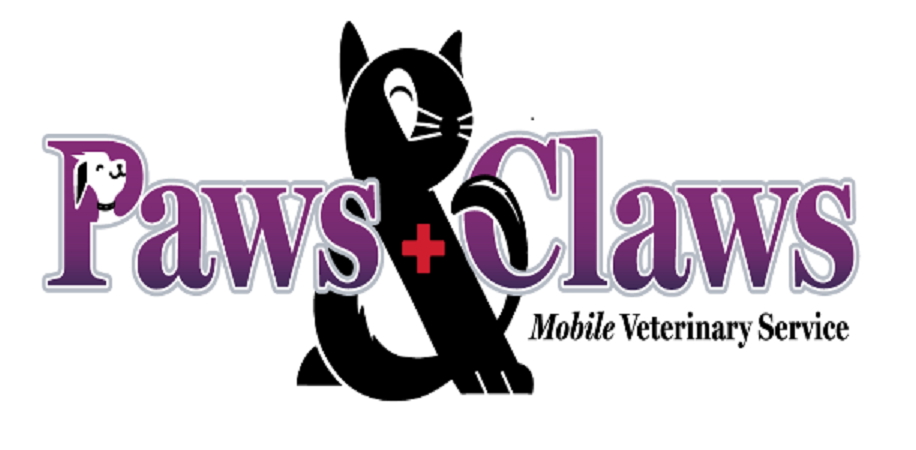You want the best for your cat, but when it comes to their diet, what’s best isn’t always easy to figure out. The wide array of cat food choices are overwhelming, especially when you factor in conflicting commercials, colorful packaging, and advice from friends, social media, and sales associates. We want to help you get to the bottom of what makes a healthy and balanced diet for cats by busting some common misconceptions about feline foods.
MYTH #1 – All protein must come from a meat source. A protein is a protein on a molecular level. Its composition is the same whether it comes from a plant or an animal. Furthermore, the body can’t distinguish between plant proteins versus meat proteins and uses them the same way.
MYTH #2 – A cat food’s ingredient list shows exactly what goes into the recipe. Contrary to popular belief, pet food ingredient labels are not regulated the same way as food for humans. In fact, there are few guidelines when it comes to how ingredients are listed in the pet food industry.
Manufacturers list components in descending order by weight prior to processing, so the heaviest are listed first. However, moisture-rich ingredients like chicken or fish are dehydrated as they’re turned into food, so they can weigh much less by the time they make it to a bag or can.
Additionally, when it comes to animal-sourced ingredients, they’re often listed by a general term. For instance, if a recipe uses chicken feet, beaks, fat, cartilage, feathers, and bones, the ingredient list will just show “chicken.”
MYTH #3 – Plant protein and meat byproducts are unhealthy for cats. Protein comes in all shapes and sizes. While humans often prefer protein in the form of boneless chicken wings or a juicy steak, our pets aren’t quite as picky. In fact, most cats crave what we consider byproducts, including hearts, tongues, intestines.
Chicken meal and chicken byproducts are taken from processing meat for people. It would be a shame to see these ingredients go to waste, and they make for a scrumptious fare in pet food.
Corn gluten meal and brewer’s rice are also protein sources commonly found in pet food that you wouldn’t typically see on a human’s table. Corn gluten is the portion of the corn kernel where the protein is stored. Brewer’s rice is a manufacturing byproduct frequently used to manage health issues like kidney disease and renal conditions in animals. It is also easily digestible which can help cats experiencing stomach issues.
MYTH #4 – The more protein, the better. Sometimes the protein levels listed on the bag can be misleading. High percentages of protein may be a sign of unwanted and unhealthful additives, and it depends on the protein source and manufacturing process.
Ash and minerals are two common protein byproducts created in the manufacturing process. These ingredients are vital for cats, but when used in high portions to boost protein levels, they can result in urinary tract issues like crystals and even life-threatening health conditions like urethral blockages.
NOT A MYTH: Cats are true carnivores. They need a high meat-protein diet. Our feline friends are obligate carnivores. Unlike humans or dogs, cats need the essential amino acids found only in meat protein to survive. Yet it’s important to remember that a cat’s body can only process a limited amount of protein at a time and the rest passes through a cat’s system, winding up in the litterbox as waste.
The quality of protein also affects the amount of meat protein a cat needs. When a cat consumes higher quality proteins, they don’t need at much meat protein to thrive. This is because higher quality proteins are easier for a cat’s body to digest and process.
When it comes to your cat’s food, you want to choose a reputable brand with quality ingredients and that is appropriate for your cat’s health needs and life stage. Of course, since some mousers can be hard to please, it’s also important that your cat likes the food you’re buying.
We hope that navigating the pet food aisle or online selection is a bit easier for you after reading this article. Remember that the color and design that goes into packaging may just be a red herring, which is very different from the herring your cat would love to nibble on.
When it comes to selecting the right food, there’s no need to purr-crastinate. Choose your cat’s food based on your reasoned judgment, and your cat will live a long, healthy life.
